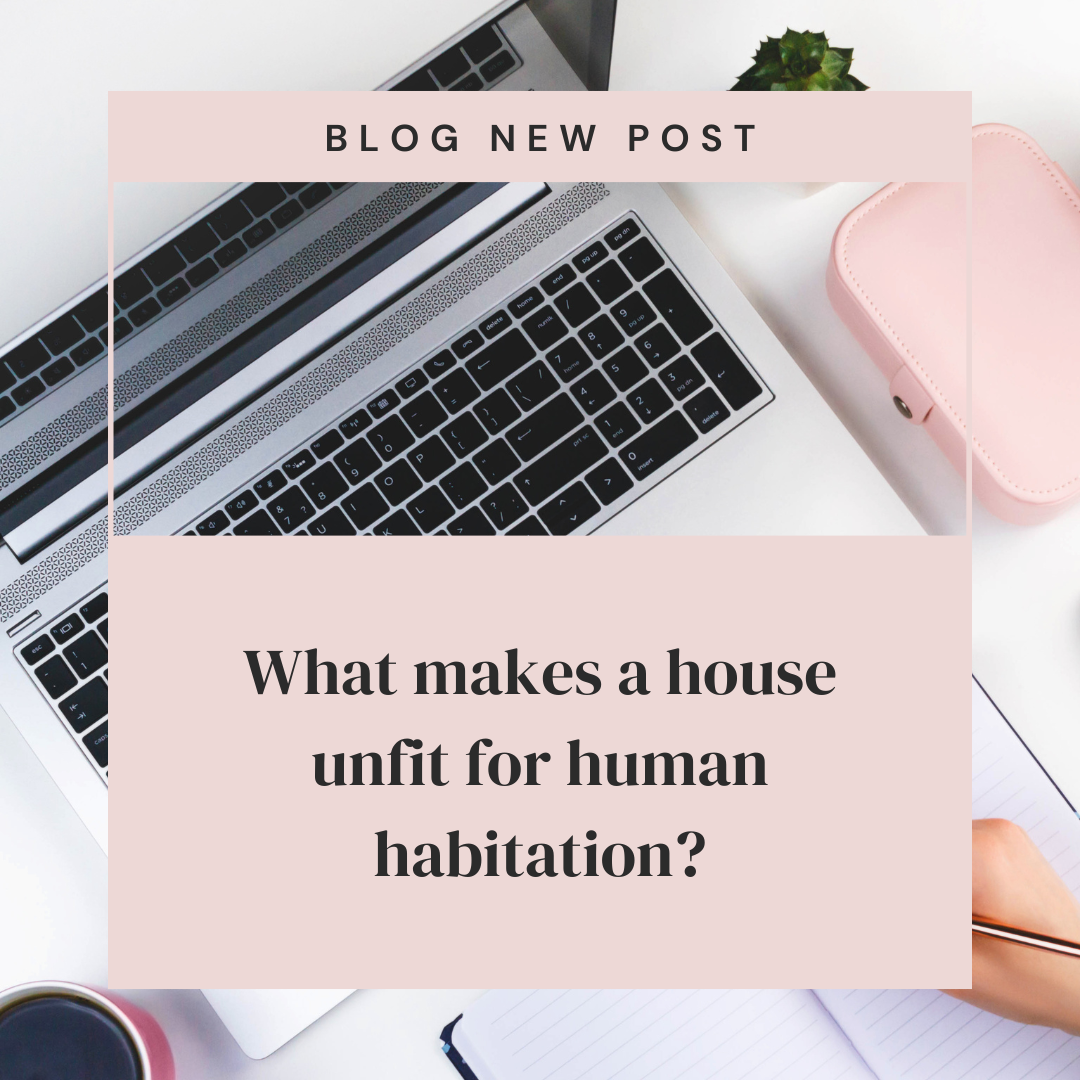What makes a house unfit for human habitation?
What makes a house unfit for human habitation? it is crucial to be aware of the factors that can render a house unfit for human habitation. This blog post aims to provide a comprehensive understanding of the conditions that contribute to an unfit home, empowering tenants to recognize and address these issues.
- Damp and mold problems:
Living in a damp and mold-infested house can have severe health implications. Moisture issues, such as leaking roofs or pipes, inadequate ventilation, or poor insulation, can lead to the growth of mold, which can cause respiratory problems, allergies, and other health concerns. - Structural defects:
Structural defects compromise the safety and stability of a house. Issues such as cracks in walls, floors, or ceilings, subsidence, unsafe roofs, or damaged foundations can render a property unfit for habitation. These defects not only pose risks to the occupants but also indicate inadequate maintenance or construction. - Inadequate heating and ventilation:
A lack of proper heating and ventilation makes a house uncomfortable and potentially uninhabitable. Insufficient or non-functional heating systems, inadequate insulation, or poor ventilation can result in freezing conditions, excessive condensation, mold growth, and indoor air pollution, all of which can impact the health and well-being of tenants. - Pest infestations:
Uncontrolled infestations of pests, such as rodents, insects, or bedbugs, make a house unsuitable for human habitation. Not only can these pests cause damage to the property, but they also pose health risks to tenants. Infestations often indicate poor maintenance or sanitation issues. - Inadequate sanitation and water supply:
A lack of proper sanitation facilities, including toilets, sinks, or showers, renders a house unsuitable for habitation. Likewise, if there are issues with the water supply, such as low water pressure, contaminated water, or plumbing problems, it significantly disrupts daily living and poses health hazards. - Electrical hazards:
Unsafe electrical systems and electrical hazards can make a house unsafe and unfit for habitation. Outdated wiring, exposed electrical connections, or non-compliant installations can lead to the risk of fire, electric shocks, or other accidents. Ensuring adequate electrical infrastructure is crucial for a safe living environment. - Fire hazards:
A house with inadequate fire safety measures is unfit for human habitation. Non-functional or missing smoke detectors, improper fire exits, blocked escape routes, or flammable materials in close proximity to heat sources all pose significant risks. These hazards can lead to life-threatening situations and should not be ignored.
Conclusion
Understanding what makes a house unfit for human habitation is essential for social housing tenants in England and Wales. By being aware of these factors, tenants can recognize and address issues promptly, ensuring the safety, well-being, and quality of their living environment. It is crucial for tenants to exercise their rights and report any concerns to their landlord or housing association. Together, landlords and tenants can work towards creating habitable homes that meet the necessary standards and ensure a decent quality of life.
Important links
Housing Disrepair Advice: https://housingdisrepairadvice.org/contact
Housing Ombudsman: https://www.housing-ombudsman.org.uk/
